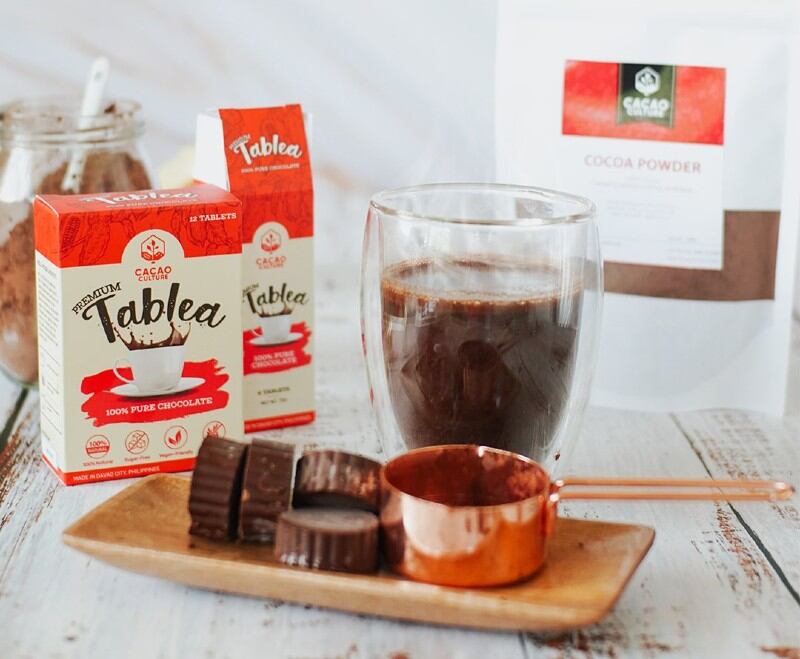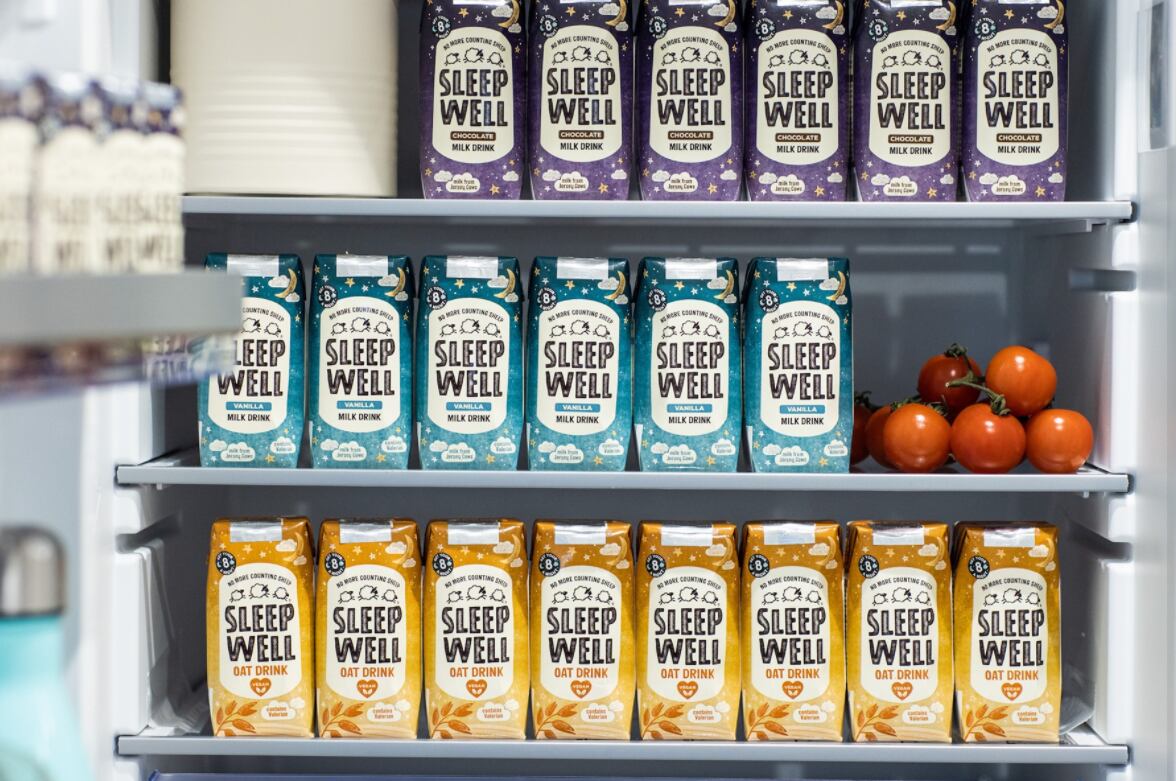Where the hot chocolate most consumers are used to comes in the form of powder, tablea is hot chocolate that comes in a tablet – it is made of 100% cocoa beans which are roasted, grinded, molded and chilled into tablet form, then sold as such.
“Tablea contains natural cocoa butter which emerges and liquefies upon the cocoa beans being grinded – this is a hard oil, so after the tablea is put into a chiller, it will solidify and hold the tablet form,” Cacao Culture Founder Kenneth Reyes-Lao told FoodNavigator-Asia.
“Tablea is the healthiest form of hot chocolate out there as it contains all of the natural components that make chocolate good such as antioxidants and flavonols, but none of the sugary or artificial components that come with others such as Milo which is essentially cocoa powder, sugar and milk powder.
“With tablea, consumers can melt their hot chocolate tablets with whatever sweeteners or milk they like, in the quantities they want, so that artificial sugars can be replaced with healthier alternatives like stevia; or better yet, if the chocolate taste is all they are after they can just drink the tablea as is.”
Tablea is considered a very traditional beverage in the Philippines and has seen increased popularity as of late due to rising consumer demands for healthier beverage options.
“A lot of the younger consumers are the ones searching for healthier alternatives, so to market to this group we have also made it a point to incorporate younger branding and design in our packaging, as well as focusing on pushing our products out there via social media,” said Reyes-Lao.
“Philippines is also a very young country – the average age of the population is just 24 – so it makes sense to market to a younger demographic. That said, we’re definitely also looking at this from other aspects such as consumers from middle and higher socioeconomic class, and a predominantly female market as women are the gatekeepers to making healthier food choices for their families here.
“The messaging that has definitely worked best is positioning tablea as a healthier alternative to hot chocolate, especially with the ongoing pandemic making people so much more conscious about their food and beverage choices.”
Before the pandemic hit, Cacao Culture was supplying most major shopping malls and airports, but has opted to make the shift to focus e-commerce for now after finding that some 90% of its business had found its way online.
The firm’s tablea can be found on its online site and other e-commerce platforms such as Shopee and Lazada, retailing at PHP95 (US$1.91) for a 72g pack, PHP165 (US$3.32) for a 144g pack, PHP525 (US$10.57) for a 500g pack or PHP1,000 (US$20.14) for a 1kg pack.
Chocolates
Cacao Culture also has a variety of chocolate products, and Reyes-Lao observed that the healthier trend is also persisting in this category, with many consumers showing a preference for dark chocolate with lower sugar content than before.
“I would say that chocolates with 70% cocoa content are currently the most common safe zone which consumers are comfortable with right now – there are some who like even darker chocolates but 70% is the most common,” he said.
“We’re also seeing Davao cocoa beans becoming more popular as it won several international awards in recent years, so that’s good for the Philippines, and there are also many consumers looking for vegan chocolates, which are still very rare in the local market and are an area we are keen to experiment in.”
During the pandemic, Cacao Culture also created a range of Nama chocolate truffle products, hyperlocalised for the city of Davao where they are based, to cater to consumers looking for a taste of Japan.
“With no travel allowed, we found that many consumers were craving for chocolates they used to be able to get from other countries so we decided to recreate Japan’s Nama chocolates to fill this gap. The sales of this have been hyperlocalised as these are very temperature sensitive,” he said.
“Logistics and temperature have been a very big challenge as we deal with chocolates and are moving around an archipelago - but we have actually solved this dilemma (for other products apart from Nama) by inventing our own form of packaging with insulation foam which prevents melting and other types of damage.
“The even bigger benefit to this is that we can now transport a lot of our products even without using cold chain, which helps to save on cost too.”



